Search
Did you mean: Xois?
Search Results
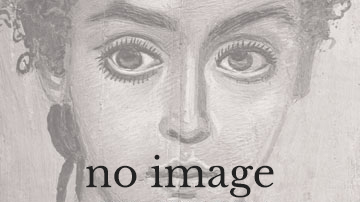
Video
Origins of Written Language (Language of Coins: 2/16)
The origin of pictographic & ideographic writing systems are imagined in the first part of this story (proto-writing). The rebus principle is introduced, setting the stage for the development of an alphabet. Featuring some key artifacts from...

Video
History of the Alphabet (Language of Coins: 3/16)
History of the Alphabet. This video introduces the Hieroglyphic, Cuneiform, Hieratic, Demotic & Phoenician writing systems. It presents information as a series of selections from a finite collection of symbols... References (book): - The...
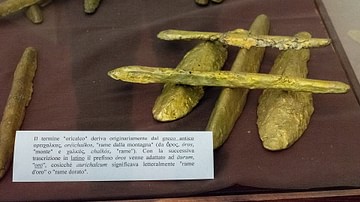
Definition
Orichalcum
Orichalcum ("mountain copper") or aurichalcum ("gold copper") was a metal used in coins during ancient times. Orichalcum was a golden-yellow coloured mixture consisting of both copper and zinc and referred to as brass. The Romans were the...
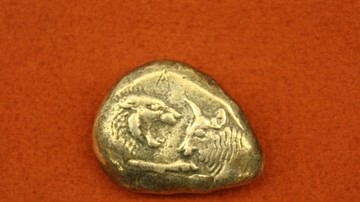
Article
The Importance of the Lydian Stater as the World's First Coin
The Lydian Stater was the official coin of the Lydian Empire, introduced before the kingdom fell to the Persian Empire. The earliest staters are believed to date to around the second half of the 7th century BCE, during the reign of King Alyattes...
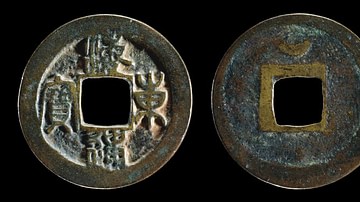
Definition
Ancient Korean Coinage
The coinage of ancient Korea (pre-13th century CE) first employed Chinese coins, known locally as the oshuchon. Korean rulers began minting their own metal coins from the late 10th century CE, first in copper and iron, and later in bronze...

Definition
Carthaginian Coinage
The coinage of Carthage was first minted from the 5th century BCE. Initially adopting the drachma, the Carthaginians later minted silver shekel coins. Designs were instantly recognisable, as intended, and included famous figures such as Hannibal...

Article
The Invention of the First Coinage in Ancient Lydia
Money may take many forms, from the digital code of cryptocurrency to the woodpecker scalps favoured in early California. People have also used cattle, cacao beans, cowrie shells, chewing gum, grain, and giant stones as money. Early cultures...
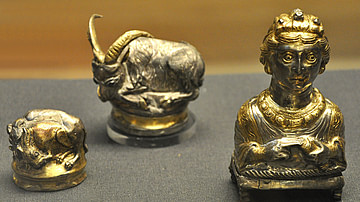
Article
The Roman Hoxne Hoard
The Hoxne Hoard is the largest cache of late Roman gold found anywhere in the Roman Empire. Discovered by a metal detectorist in Suffolk, in the east of England in 1992 CE, the incredible collection contains 14,865 late-4th and early-5th...

Definition
Samudragupta
Samudragupta (r. 335/350 - 370/380 CE) was the first significant ruler of the Gupta Dynasty. Having come to the throne, he decided to extend the boundaries of his empire to cover the multiple kingdoms and republics that existed outside its...

Definition
Silver in Antiquity
Silver had great value and aesthetic appeal in many ancient cultures where it was used to make jewellery, tableware, figurines, ritual objects and rough-cut pieces known as hacksilver which could be used in trade or to store wealth. The metal...